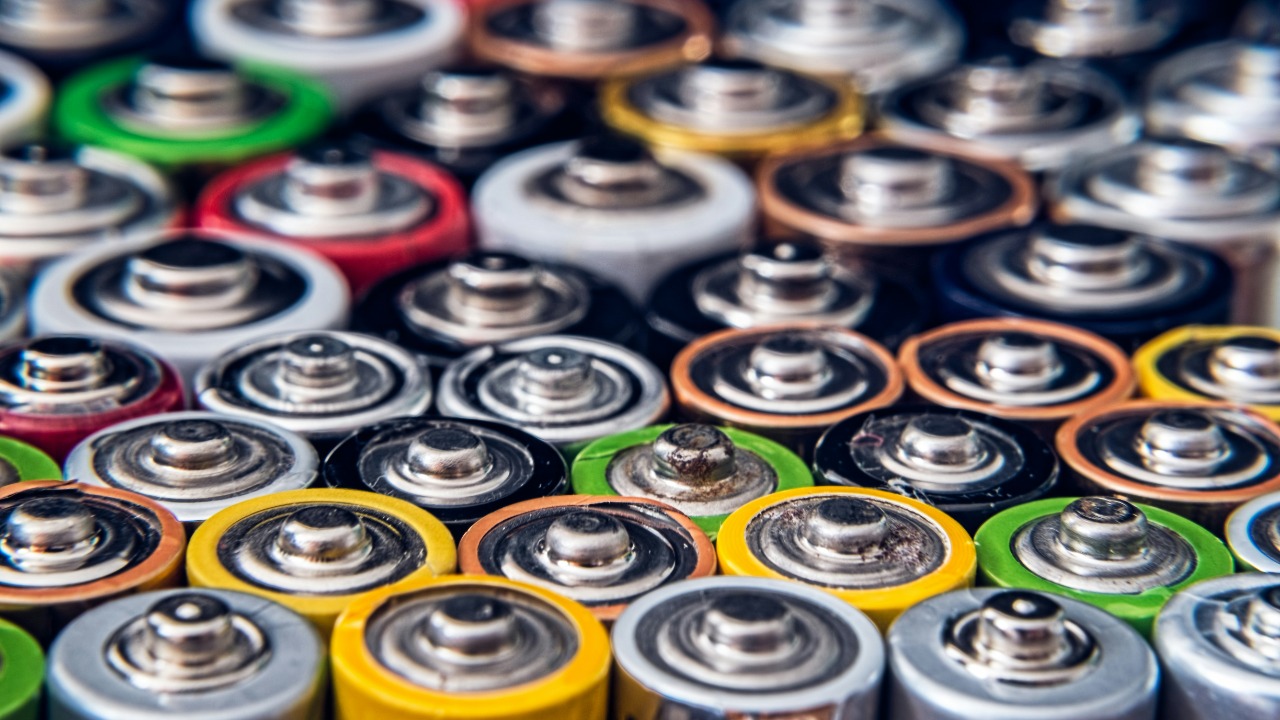
In a groundbreaking development, researchers have discovered a novel bacterium that thrives on spent battery waste. This biological marvel introduces a new method for self-sufficient battery recycling, potentially revolutionizing waste management in the energy sector by using biological processes to recover valuable materials without the need for external energy inputs.
The Discovery of the Novel Bacterium
The identification of this unique bacterium was no small feat. Researchers painstakingly isolated it from environments rich in battery waste, a testament to its resilience and adaptability. This bacterium exhibits remarkable metabolic capabilities, deriving energy directly from the chemical components found in spent batteries, such as those from lithium-ion cells. This discovery is a significant stride in the field of waste management and energy recovery, as it opens up new avenues for recycling spent batteries.
Initial lab tests have confirmed the bacterium’s viability. It has shown a particular affinity for processing waste types such as cathode materials from discarded electronics. This finding, as reported by Phys.org, is a promising step towards a more sustainable and efficient method of battery recycling.
Mechanisms of Bacterial Feeding on Battery Waste
The bacterium’s ability to break down toxic compounds in spent battery waste is truly fascinating. It employs enzymatic processes that target metals like cobalt and nickel, effectively neutralizing their harmful effects. This self-sustaining cycle, where the bacterium uses waste as both food and energy source, reduces the need for traditional high-energy recycling techniques, making the process more environmentally friendly.
The feeding process is influenced by specific environmental conditions. Factors such as pH levels and temperatures play a crucial role in optimizing the bacterium’s activity on battery leachates. Understanding these conditions will be key to harnessing the full potential of this bacterium in industrial applications.
Advantages of Self-Sufficient Recycling
The bacterial method of recycling spent batteries offers several advantages over conventional methods. For one, it results in lower carbon emissions, contributing to global efforts to mitigate climate change. Additionally, the process could lead to significant cost savings in processing spent batteries, making it an economically viable alternative.
The scalability potential of this process is also noteworthy. Given the large volumes of electronic waste generated annually from consumer devices, a method that can handle such quantities efficiently is a welcome development. Furthermore, the bacterium plays a crucial role in extracting high-purity metals for reuse in new battery production, enhancing resource recovery rates.
Challenges in Implementing Bacterial Recycling
While the discovery of this bacterium and its capabilities is exciting, there are technical hurdles to overcome. One of the challenges is optimizing the bacterium’s growth rate to match industrial recycling timelines. This will require further research and development to ensure the process can be effectively scaled up.
Regulatory and safety considerations also need to be addressed before deploying bio-based recycling in facilities handling hazardous battery waste. Additionally, ongoing research is needed to enhance the bacterium’s tolerance to diverse battery chemistries, possibly through genetic engineering.
Broader Environmental and Economic Impacts
The potential reduction in mining demands for battery metals through efficient waste recycling enabled by the novel bacterium could have far-reaching environmental impacts. By recycling spent batteries, we can reduce the need for mining, thereby preserving natural resources and reducing environmental degradation.
The economic benefits are equally significant. The development of biotech recycling sectors could lead to job creation, and decreased reliance on imported raw materials could boost local economies. Furthermore, regions with high e-waste accumulation like Europe and Asia could greatly benefit from global adoption of this recycling method.
Future Directions for Bacterial Battery Technologies
Looking ahead, hybrid systems that combine the bacterium with existing recycling infrastructure could yield improved results. Collaborative efforts between academia and industry will be crucial to pilot this technology in real-world settings and assess its practicality and effectiveness.
Long-term sustainability goals include integrating this method into circular economy models for renewable energy storage. By doing so, we can create a more sustainable and efficient system for managing spent batteries, ultimately contributing to a greener and more sustainable future.
More from MorningOverview